Home>Garden Essentials>How To Plant Butterfly Perennial Seed Packet
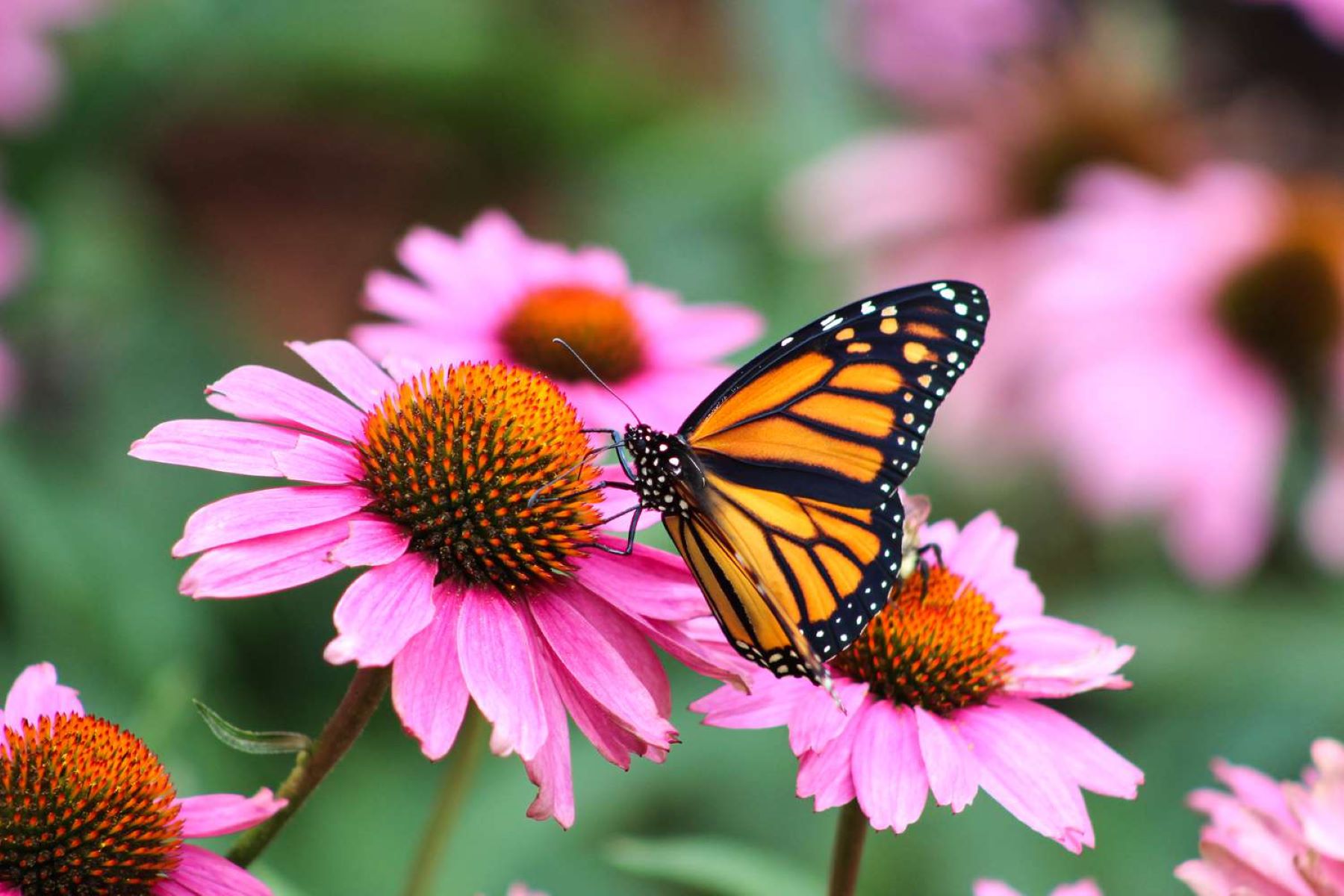

Garden Essentials
How To Plant Butterfly Perennial Seed Packet
Modified: March 16, 2024
Learn how to plant butterfly perennial seed packet in your garden with our essential gardening tips. Create a beautiful butterfly-friendly space.
(Many of the links in this article redirect to a specific reviewed product. Your purchase of these products through affiliate links helps to generate commission for Storables.com, at no extra cost. Learn more)
Introduction
Welcome to the world of butterfly perennials! If you’re an avid gardener or someone who simply appreciates the beauty of nature, then planting a butterfly garden is a wonderful way to create a haven for these delicate creatures. Butterfly perennials are a popular choice among garden enthusiasts due to their vibrant colors, sweet fragrances, and their ability to attract butterflies and other pollinators.
In this article, we’ll guide you through the process of planting butterfly perennials from seed. Growing plants from seed can be a rewarding and cost-effective way to fill your garden with beautiful flowers. Whether you’re a beginner or have some gardening experience, this guide will provide you with the knowledge and tips you need to successfully grow a thriving butterfly perennial garden.
Before we delve into the details, let’s understand what exactly perennial seeds are and why they are a great option for your butterfly garden.
Key Takeaways:
- Butterfly perennials are long-lasting plants that attract butterflies and require patience to grow from seed. Choose a sunny, well-drained location and provide regular care to create a vibrant butterfly garden.
- Harvesting and saving seeds from butterfly perennials allows you to propagate new plants and share their beauty with others. Enjoy the process and contribute to the preservation of these wonderful plants.
Read more: When To Plant Perennial Seeds
Understanding Perennial Seeds
Perennial seeds are the seeds of plants that live for more than two years. Unlike annuals, which complete their lifecycle in one growing season, perennials have the ability to regrow year after year, making them a sustainable and long-lasting addition to your garden.
When it comes to butterfly perennials, there are a wide variety of options to choose from. Some popular choices include milkweed, coneflowers, bee balm, and butterfly bush. These plants not only provide nectar-rich flowers for butterflies to feed on, but they also serve as host plants for their larvae. By planting a diverse range of butterfly perennials, you’ll create a habitat that supports the entire lifecycle of these beautiful insects.
Before you start sowing your perennial seeds, it’s important to understand their specific requirements. Some perennial seeds may require a period of cold stratification, which mimics the natural process of winter dormancy and helps to break seed dormancy. Others may need light to germinate or may have specific temperature requirements. Taking the time to research and understand the specific needs of the perennial seeds you’re planting will greatly increase your chances of success.
In addition, it’s important to note that perennial seeds may take longer to germinate compared to annual seeds. While annual seeds typically sprout and start producing flowers within a few weeks, perennial seeds can take several weeks or even months to germinate. Patience is key when it comes to growing perennials from seed, but the wait is well worth it when you see the beautiful flowers and the fluttering butterflies they attract.
Now that you have a better understanding of perennial seeds and their importance in creating a butterfly garden, let’s move on to choosing the right location for planting.
Choosing the Right Location
Choosing the right location for your butterfly perennial garden is crucial for the health and success of your plants. Here are some factors to consider when selecting a spot:
- Sunlight: Most butterfly perennials thrive in full sun, meaning they require at least six hours of direct sunlight per day. Observe your garden throughout the day to determine the sunniest spots, and prioritize planting your perennials there.
- Soil Quality: Butterfly perennials prefer well-draining soil that is rich in organic matter. Conduct a soil test to assess the pH and nutrient levels of your soil. Ideally, the pH should be neutral to slightly acidic (around 6.0-7.0) for most butterfly perennials.
- Water Drainage: Ensure that the chosen location has good water drainage to prevent waterlogging, which can lead to root rot and other fungal diseases. Avoid areas with low-lying or compacted soil that retains water.
- Proximity to Other Plants: Consider the proximity of your butterfly perennials to other plants in your garden. Avoid overcrowding, as this can lead to competition for resources. Space your plants according to their growth requirements and mature size, allowing enough room for each plant to thrive.
- Accessibility: Choose a location that is easily accessible for maintenance tasks such as watering, weeding, and deadheading. Additionally, consider the visibility of your butterfly garden from different angles to fully enjoy the beauty of the flowers and the visiting butterflies.
Keep in mind that these are general guidelines, and some butterfly perennials may have specific preferences or tolerances. Research the specific needs of the perennial species you’re planting to ensure they are properly accommodated.
If you have limited space in your garden, don’t worry! Butterfly perennials can also be grown in containers, allowing you to create a mini butterfly garden on a balcony, patio, or windowsill. Just make sure the containers have proper drainage holes and use a high-quality potting mix to ensure the well-being of your plants.
Now that you have a suitable location in mind, let’s move on to preparing the soil for your butterfly perennial garden.
Preparing the Soil
Before sowing your butterfly perennial seeds, it’s important to prepare the soil to provide the best possible growing conditions for your plants. Here are the steps to prepare your soil:
- Clear the Area: Start by clearing the area of any existing vegetation, such as grass or weeds. Remove any debris, rocks, or large clumps of soil.
- Loosen the Soil: Use a gardening fork or a tiller to loosen the soil to a depth of at least 8-12 inches. This will improve the soil’s structure, allowing better root penetration and drainage.
- Amend the Soil: If your soil is sandy or clayey, you may need to amend it with organic matter to improve its fertility and moisture retention. Add well-rotted compost, aged manure, or peat moss to the soil and mix it thoroughly. This will help create a nutrient-rich and well-draining soil for your butterfly perennials.
- Level the Soil: After amending the soil, use a rake to level the surface. This will provide an even planting bed for your seeds.
- Test and Adjust pH: Use a soil testing kit to check the pH of your soil. Adjust the pH if necessary by adding lime to raise the pH or sulfur to lower it. Most butterfly perennials prefer a slightly acidic to neutral soil pH.
- Remove Weeds: Before sowing your perennial seeds, carefully remove any emerging weeds. This will prevent competition for nutrients and ensure optimal growth for your desired plants.
By following these steps, you’ll create a favorable environment for your butterfly perennials to grow and thrive. Remember to take into account the specific soil preferences of the perennial seeds you’re planting to make any necessary adjustments.
Once your soil is prepared, you’re ready to sow the seeds and start the exciting journey of growing your butterfly perennial garden. In the next section, we’ll guide you through the process of sowing the seeds.
Sowing the Seeds
Now that you have prepared the soil, it’s time to sow your butterfly perennial seeds. Here are the steps to successfully sow the seeds:
- Read the Seed Packet: Before sowing, carefully read the instructions on the seed packet. It will provide valuable information about the specific requirements of the perennial seeds you are planting, such as optimal sowing depth and spacing.
- Choose the Right Time: Select the appropriate time to sow your perennial seeds. Some seeds need to be sown directly in the garden in early spring, while others may require a longer growing season and should be started indoors. Follow the recommended timing on the seed packet.
- Prepare the Seedbed: Use a garden trowel or a small rake to create furrows in the soil according to the recommended sowing depth. Space the furrows according to the suggested spacing for the specific perennial seeds you are planting.
- Sow the Seeds: Carefully sprinkle the seeds along the furrows, following the recommended spacing provided on the seed packet. Lightly press the seeds into the soil using your fingers or the back of a rake. Make sure not to bury the seeds too deep, as most perennial seeds require some light for germination.
- Water Gently: After sowing the seeds, water the area gently using a watering can or a hose with a soft nozzle. Be careful not to wash away the seeds. Keep the soil consistently moist but avoid overwatering, as it can lead to seed rot or fungal issues.
- Label and Mulch: Place labels or markers in the soil to identify the planted areas. This will help you keep track of the different perennial seeds. Also, consider applying a thin layer of organic mulch, such as straw or shredded leaves, to help conserve moisture and suppress weed growth.
Once the seeds are sown, it’s important to monitor the soil moisture regularly. Keep the soil moist but not saturated until germination occurs. This may take several weeks or even longer, depending on the specific perennial seeds.
As the seedlings emerge and grow, thin them out if necessary to ensure proper spacing and airflow. This will help prevent overcrowding and reduce the risk of diseases. Follow the guidelines on the seed packet for thinning instructions.
Now that you have sown the seeds and taken the necessary steps to ensure proper growth, you will soon start to see the vibrant blooms and the fluttering butterflies in your garden. In the next section, we will discuss watering and care tips to help your butterfly perennials thrive.
Plant butterfly perennial seed packets in well-drained soil, in a sunny spot. Scatter the seeds on the soil, lightly cover with a thin layer of soil, and water gently. Keep the soil moist until the seeds germinate.
Read more: When To Plant Seed Packet
Watering and Care
Proper watering and care are essential for the health and vitality of your butterfly perennials. Here are some tips to help you maintain your garden and ensure its success:
- Watering: Provide your butterfly perennials with regular moisture, especially during dry spells. Deep watering once or twice a week is generally sufficient, depending on weather conditions. Water at the base of the plants to ensure the roots receive adequate hydration. Avoid overhead watering, as it can promote disease and fungus.
- Mulching: Apply a layer of organic mulch, such as shredded bark or compost, around the base of your plants. Mulching helps retain soil moisture, regulate soil temperature, suppress weed growth, and provide nutrients as it breaks down over time. Maintain a mulch depth of 2-3 inches, but avoid piling it up against the stems of the plants.
- Fertilizing: Most butterfly perennials do not require heavy fertilization. However, a light application of a balanced organic fertilizer in early spring can give your plants a boost. Follow the fertilizer package instructions for application rates and timings. Be cautious not to over-fertilize, as it can lead to excessive foliage growth rather than flower production.
- Deadheading: Deadheading, or removing spent flowers, encourages continuous blooming and prevents the plants from putting energy into seed production. Regular deadheading also improves the overall appearance of your garden. Simply pinch off the faded flowers using your fingers or use pruners for tougher stems.
- Staking and Support: Some butterfly perennials, such as tall varieties of coneflowers or delphiniums, may require staking to prevent them from bending or falling over. Use bamboo stakes, plant supports, or twine to gently secure the plants, being careful not to damage their stems.
- Weeding: Regularly remove weeds from your butterfly perennial garden to minimize competition for nutrients and resources. Pull weeds by hand or use a gardening tool, making sure to remove the roots to prevent regrowth.
- Monitor for Pests and Diseases: Keep a close eye on your plants for any signs of pests or diseases. Common pests that may affect butterfly perennials include aphids, caterpillars, and snails. Use organic pest control methods, such as handpicking or spraying with a diluted soap solution, to deal with minor infestations. For serious pest or disease issues, consider consulting a garden expert or an extension service for appropriate treatments.
By following these watering and care guidelines, you’ll be able to maintain healthy and thriving butterfly perennials in your garden. Next, let’s explore how to deal with pests and diseases to ensure the longevity and beauty of your plants.
Dealing with Pests and Diseases
While butterfly perennials are generally resilient plants, they can still be susceptible to pests and diseases. It’s important to keep a watchful eye on your garden and take proactive measures to address any issues promptly. Here are some strategies for dealing with common pests and diseases:
- Aphids: Aphids are tiny, sap-sucking insects that can cause damage by feeding on the leaves and stems of plants. You can control aphid populations by spraying a strong stream of water to dislodge them from the plants. Alternatively, use insecticidal soap or neem oil to treat infestations.
- Caterpillars: While some caterpillars, such as those of butterflies, are welcome in a butterfly garden, others can be destructive. Handpicking caterpillars off your plants is an effective and organic method of control. If the infestation is severe, you may consider using Bacillus thuringiensis (Bt) specifically formulated for caterpillars as a biological control.
- Snails and Slugs: These slimy creatures can chomp on the leaves and flowers of your butterfly perennials, especially during damp conditions. Use physical barriers like copper tape or diatomaceous earth around your plants to deter them. You can also handpick snails and slugs in the early morning or evening when they are most active.
- Powdery Mildew: Powdery mildew is a common fungal disease that appears as a white powdery coating on the leaves of plants. Improve air circulation by spacing your plants properly and avoid overhead watering. If necessary, treat with a fungicidal spray labeled for powdery mildew control.
- Root Rot: Overwatering or poorly drained soil can lead to root rot, a fungal infection that affects the roots of plants, causing them to become mushy and discolored. To prevent root rot, ensure proper drainage and avoid overwatering your butterfly perennials. If root rot occurs, remove affected plants and adjust their watering regimen.
It’s important to note that prevention is key when it comes to pest and disease management. Keeping your plants healthy through proper watering, fertilization, and regular maintenance can greatly reduce the susceptibility to pests and diseases. Additionally, selecting disease-resistant varieties and providing the right cultural conditions will help prevent many issues.
If you’re unsure about the specific pest or disease affecting your plants, consider consulting a local garden center or a horticultural expert for proper identification and tailored recommendations.
By staying vigilant and taking appropriate measures, you can protect your butterfly perennials and preserve their beauty and vitality. In the next section, we’ll discuss how to maintain your butterfly perennial garden for long-term success.
Maintaining the Butterfly Perennial Garden
Maintaining your butterfly perennial garden is essential to ensure its long-term success and the continued attraction of beautiful butterflies. Here are some tips for maintaining your garden:
- Regularly Inspect and Monitor: Take the time to inspect your garden regularly. Look for any signs of pests, diseases, or nutrient deficiencies. Monitor the growth and health of your plants to address any issues early on.
- Prune and Deadhead: Pruning and deadheading are important maintenance tasks that help shape your plants, remove damaged or diseased foliage, and promote continuous blooming. Prune your butterfly perennials as needed, following specific guidelines for each species.
- Divide and Transplant: Some butterfly perennials benefit from division or transplanting every few years to rejuvenate and maintain their vigor. Dividing clumps can help control their size, prevent overcrowding, and provide an opportunity to expand your garden or share plants with others.
- Provide Support: As your butterfly perennials grow, they may require support to prevent them from flopping or bending. Install stakes, cages, or other supports near taller or sprawling varieties to keep them upright. Check the supports periodically and adjust as necessary.
- Remove Weeds: Weeds can compete with your butterfly perennials for vital resources. Regularly remove weeds to keep them from overtaking your garden. Mulching can help suppress weed growth as well.
- Monitor Soil Moisture: Keep an eye on soil moisture levels, especially during periods of extreme heat or drought. Adjust your watering routine to ensure that your plants receive adequate hydration. Remember to water deeply and less frequently to encourage deep root growth.
- Refresh Mulch: Over time, mulch can break down and lose its effectiveness. Periodically refresh the mulch in your garden to maintain its thickness and benefits. Remove any excessive mulch buildup to prevent suffocation of plant roots.
- Stay Informed: Continue learning about butterfly perennials and their care. Stay updated on new techniques, varieties, and practices. Join gardening forums or local gardening clubs to connect with fellow enthusiasts and exchange knowledge.
By staying proactive in the maintenance of your butterfly perennial garden, you can ensure that it remains healthy, vibrant, and inviting to butterflies and other pollinators. It will be a source of joy and beauty for years to come.
In the next section, we’ll discuss the process of harvesting and saving seeds from your butterfly perennials, allowing you to propagate and share their beauty.
Harvesting and Saving Seeds
Harvesting and saving seeds from your butterfly perennials is a wonderful way to propagate new plants and share their beauty with others. Here are some steps to guide you through the process:
- Timing: Wait until the flowers have faded and dried on the plant before harvesting the seeds. The seed pods or capsules should turn brown and start to open naturally. This indicates that the seeds are mature and ready to be collected.
- Gather Materials: Prepare a small container or envelope, a pair of clean and dry scissors or pruners, and a blank label to identify the seeds.
- Harvest the Seeds: Carefully cut or snap off the seed heads or pods from the plant. Place them in your container, being mindful not to damage or lose any seeds. If the seeds are enclosed in capsules, gently open them to release the seeds.
- Dry and Clean the Seeds: Spread the harvested seeds in a single layer on a clean paper towel or a mesh screen in a well-ventilated area. Allow them to air dry for a few weeks, ensuring they are completely dry before storing them. Once dried, remove any debris or remaining plant material from the seeds.
- Label and Store: Write the name of the plant and the date of harvesting on the label. Place the seeds in a small envelope or an airtight container. Store them in a cool, dry, and dark location, such as a refrigerator or a cool basement. Properly stored seeds can remain viable for several years.
- Share and Plant: If you have an excess of saved seeds, consider sharing them with fellow gardeners or local seed exchange programs. When you’re ready to plant the saved seeds, follow the same sowing guidelines mentioned earlier in this article.
Keep in mind that not all butterfly perennial seeds are viable. Some may have lower germination rates or require specific conditions for successful sprouting. Experimentation and learning from your own observations will help you refine your seed-saving techniques over time.
By harvesting and saving seeds, you not only expand your butterfly perennial garden but also contribute to the preservation of these wonderful plants for generations to come.
Now that we’ve covered the process of harvesting and saving seeds, let’s wrap up this article with some closing thoughts.
Read more: When To Plant Butterfly Pea Seeds
Conclusion
Congratulations! You’ve learned the ins and outs of planting butterfly perennials from seed. By following the steps outlined in this article, you are well-equipped to create a vibrant and inviting butterfly perennial garden that will delight both your eyes and the fluttering butterflies that visit.
From understanding perennial seeds to choosing the right location and preparing the soil, you’ve gained the knowledge to set a solid foundation for your garden. By sowing the seeds correctly and providing proper watering and care, you’ll witness the growth and blossoming of your beautiful butterfly perennials.
Remember to maintain your garden by pruning, deadheading, and staying vigilant against pests and diseases. By regularly inspecting and addressing any issues that arise, you’ll be able to keep your plants healthy and thriving. Harvesting and saving seeds from your butterfly perennials will allow you to propagate new plants and share the beauty of these flowers with others.
As you continue your gardening journey, keep learning and experimenting. Every garden is unique, and with time, you’ll discover the best techniques and practices that work for your specific plants and conditions. Don’t be afraid to try new varieties and techniques to enhance your butterfly perennial garden.
Finally, take the time to enjoy your garden. Sit back and observe the enchanting dance of the butterflies among the vibrant colors and fragrant blooms. Appreciate the beauty of nature and the contribution you’ve made in creating a haven for these magnificent creatures.
Happy gardening and may your butterfly perennial garden bring you endless joy and wonder!
Frequently Asked Questions about How To Plant Butterfly Perennial Seed Packet
Was this page helpful?
At Storables.com, we guarantee accurate and reliable information. Our content, validated by Expert Board Contributors, is crafted following stringent Editorial Policies. We're committed to providing you with well-researched, expert-backed insights for all your informational needs.
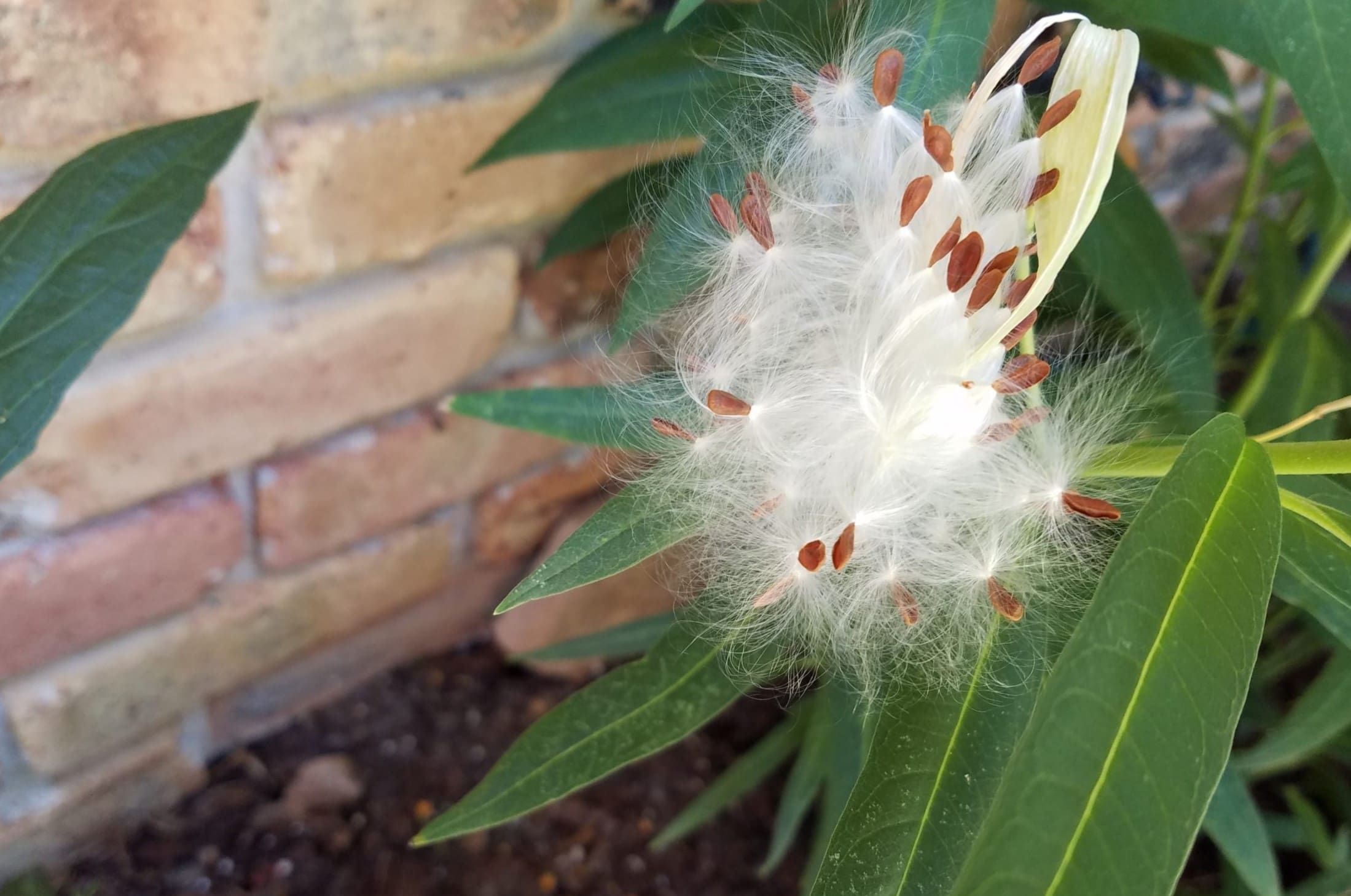
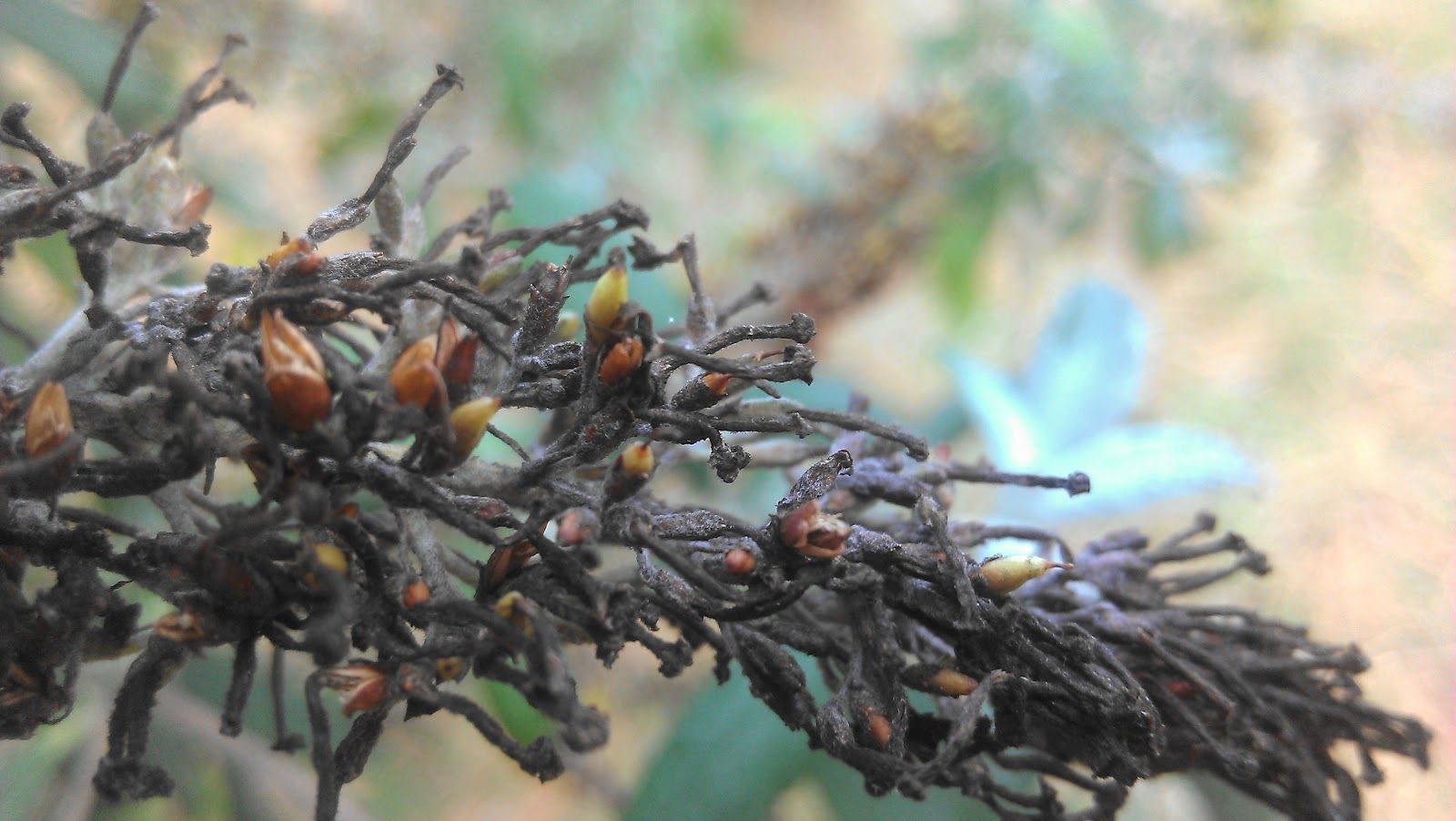

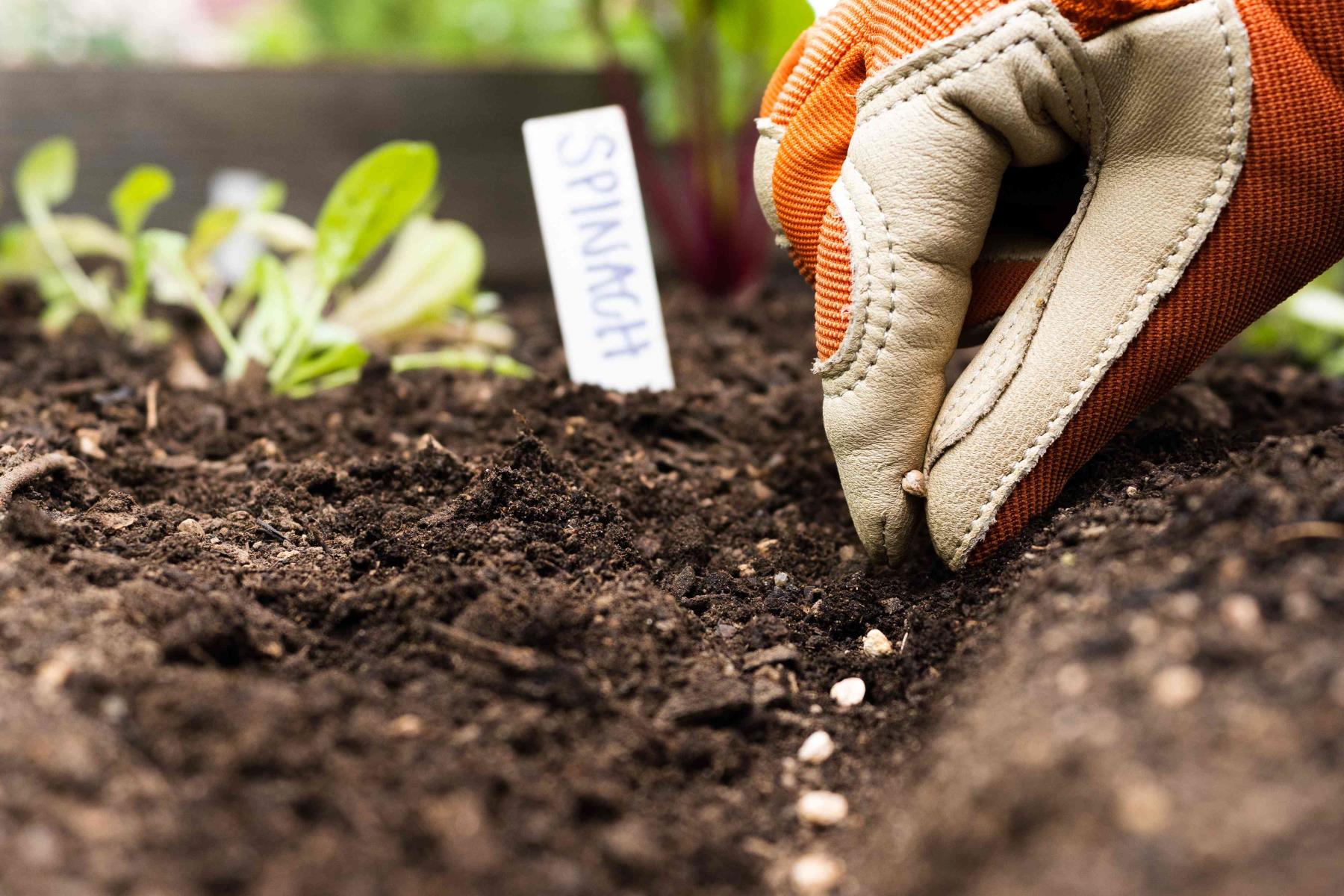
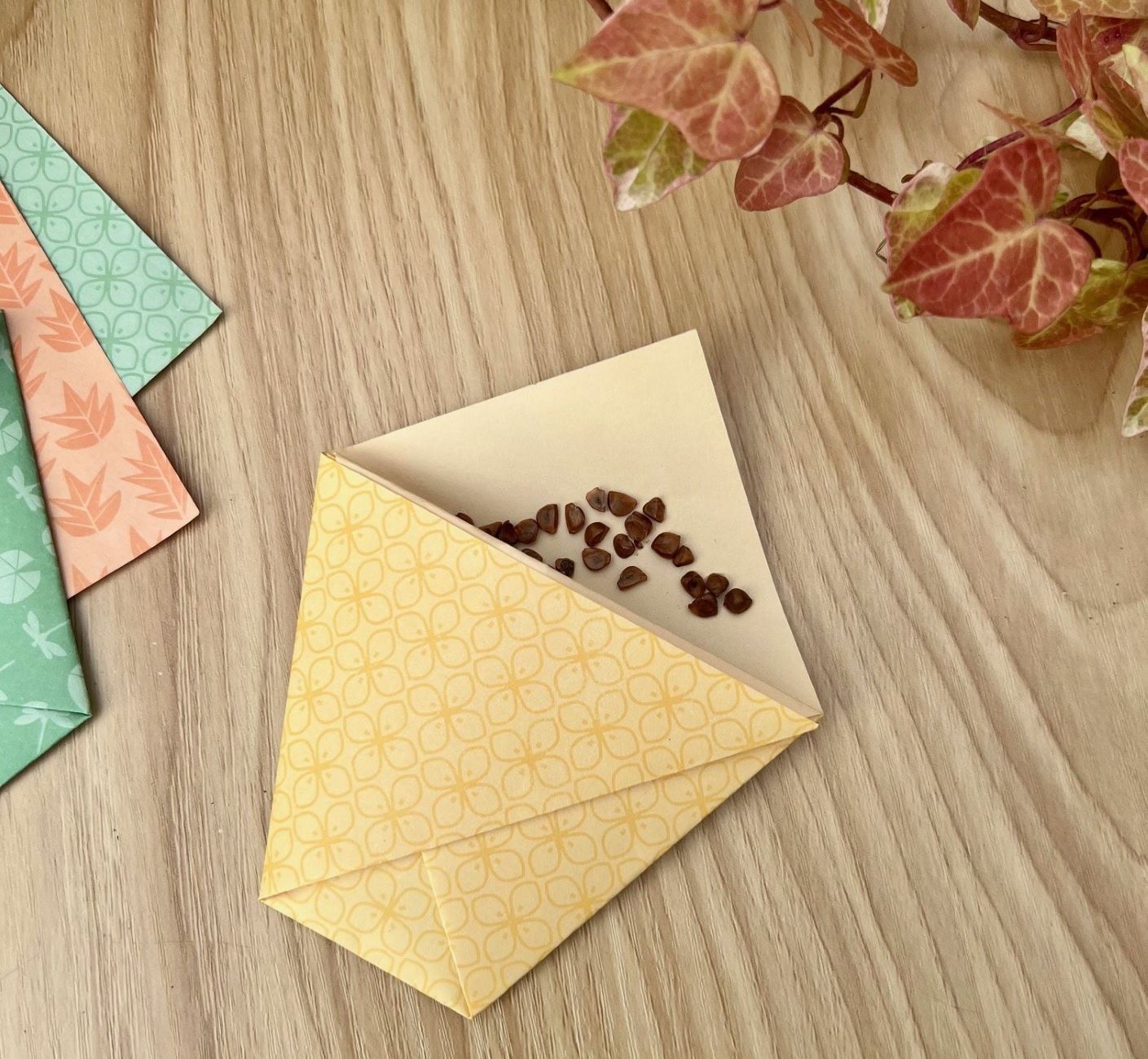
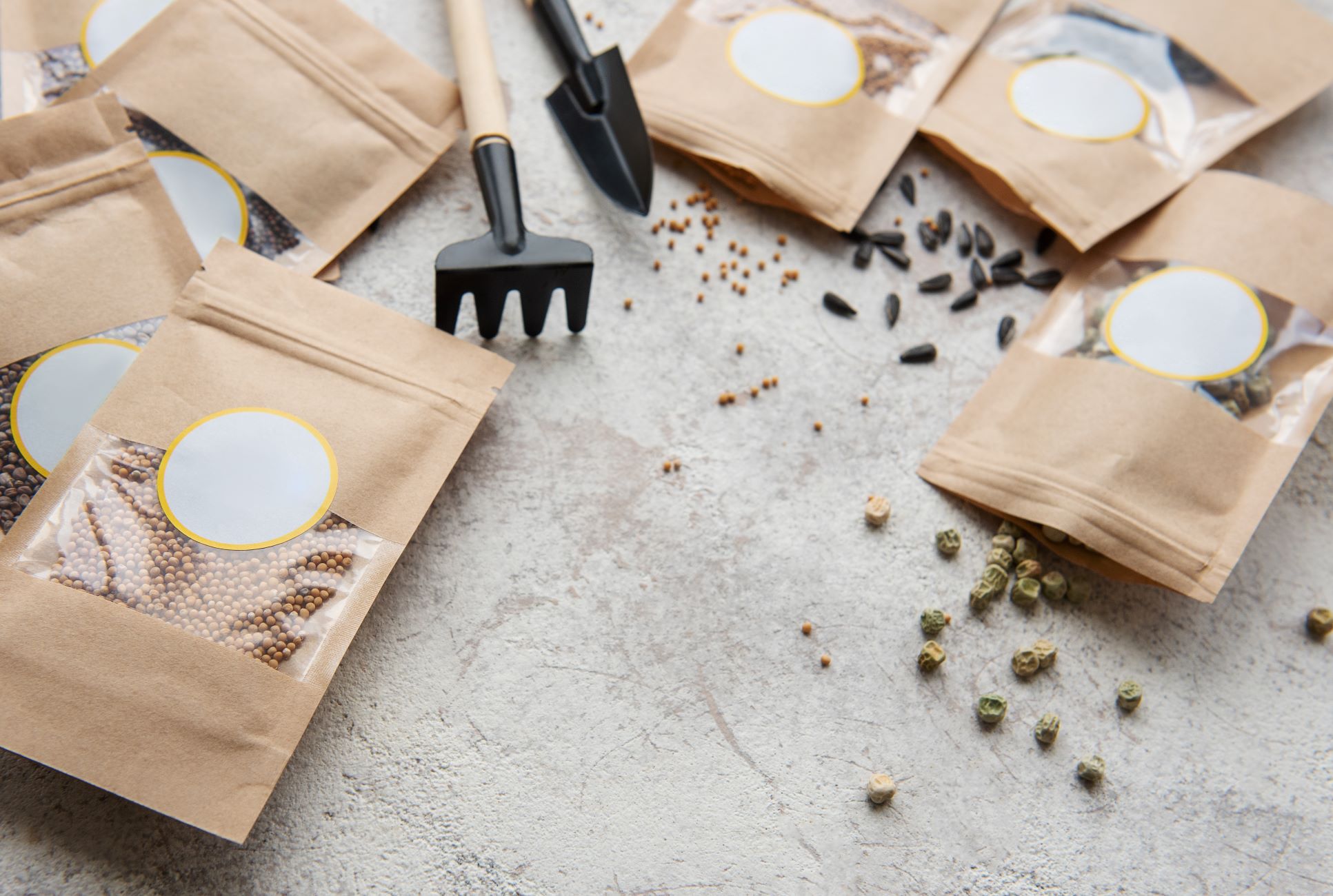
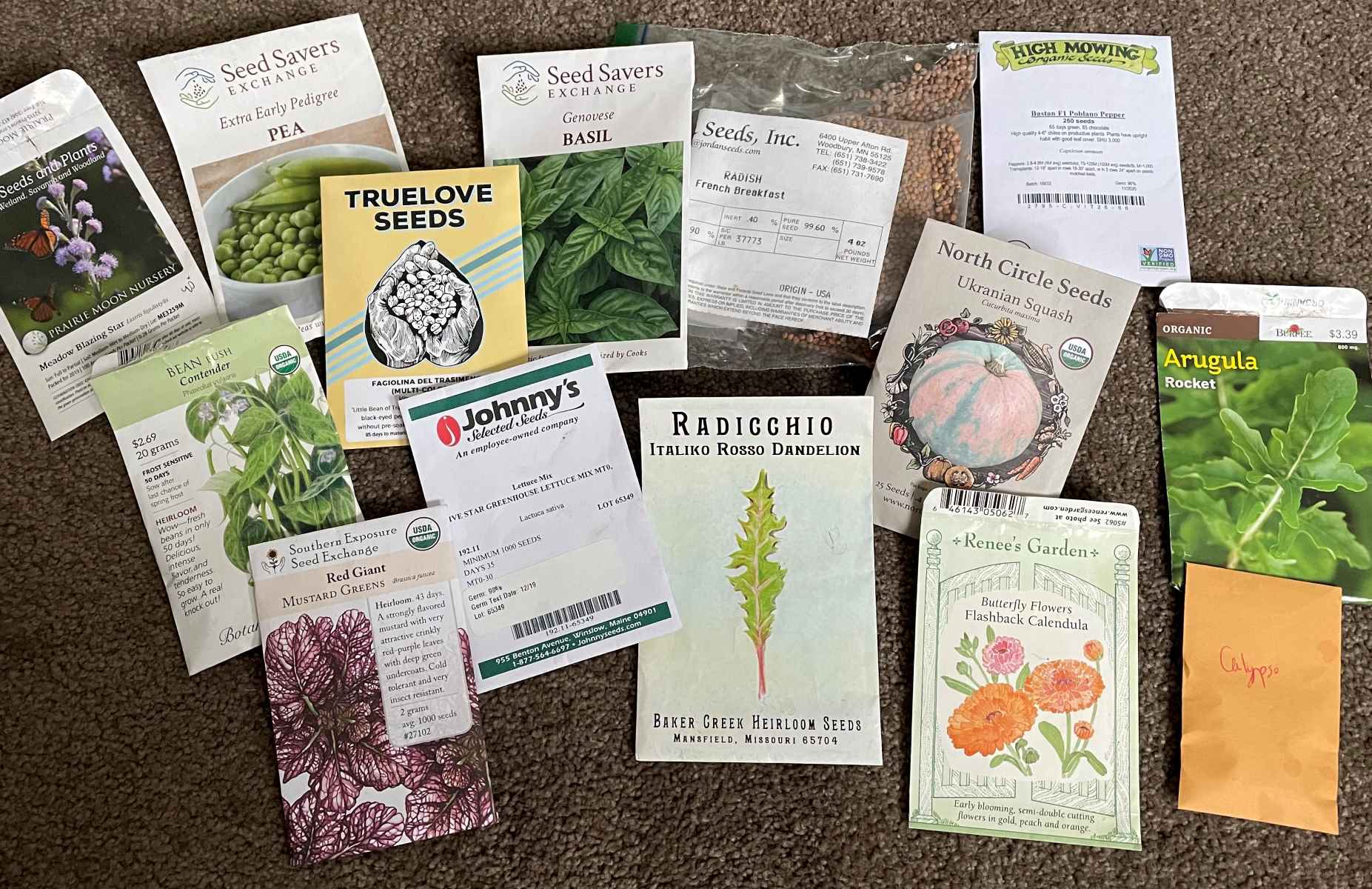
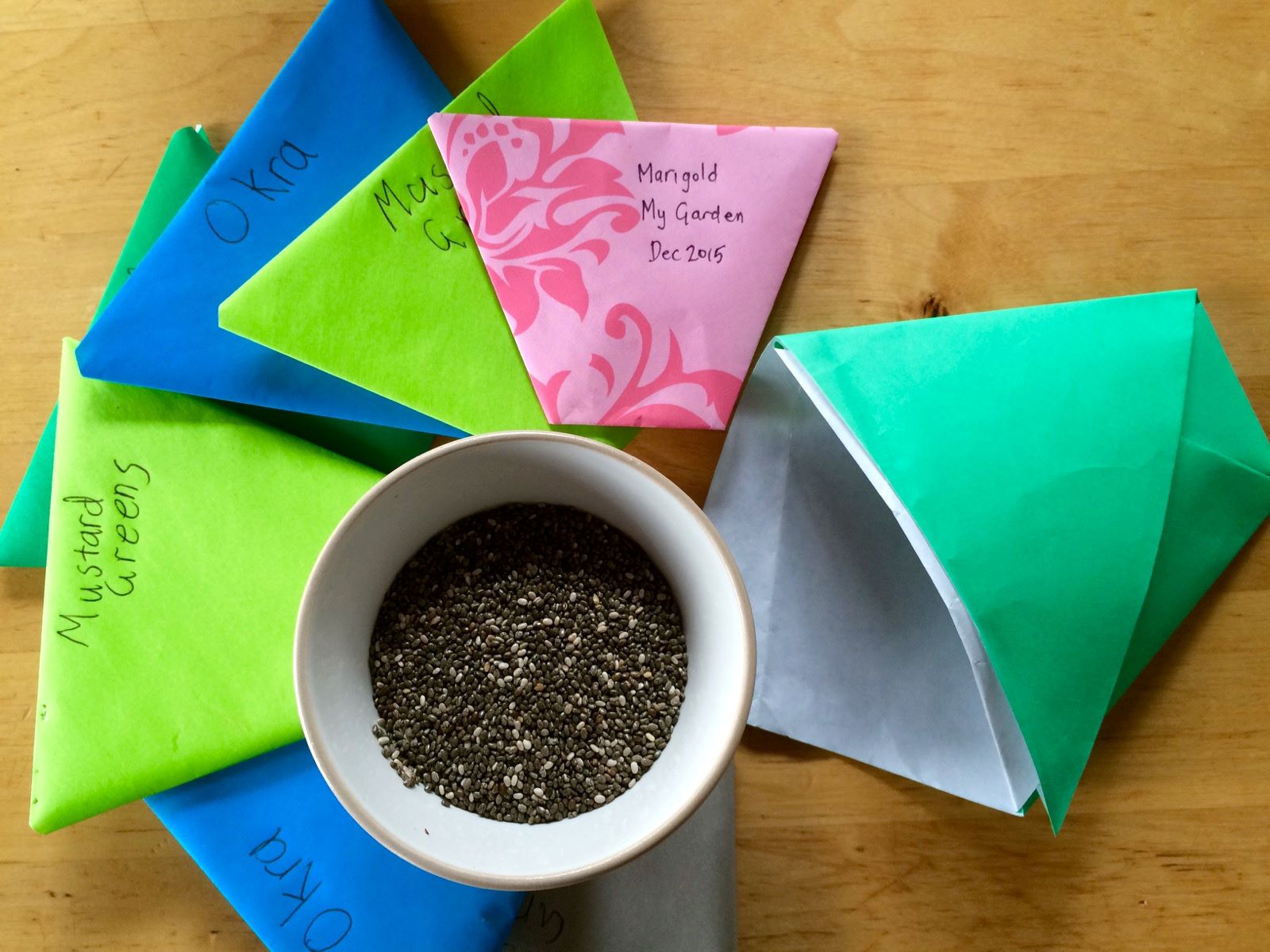
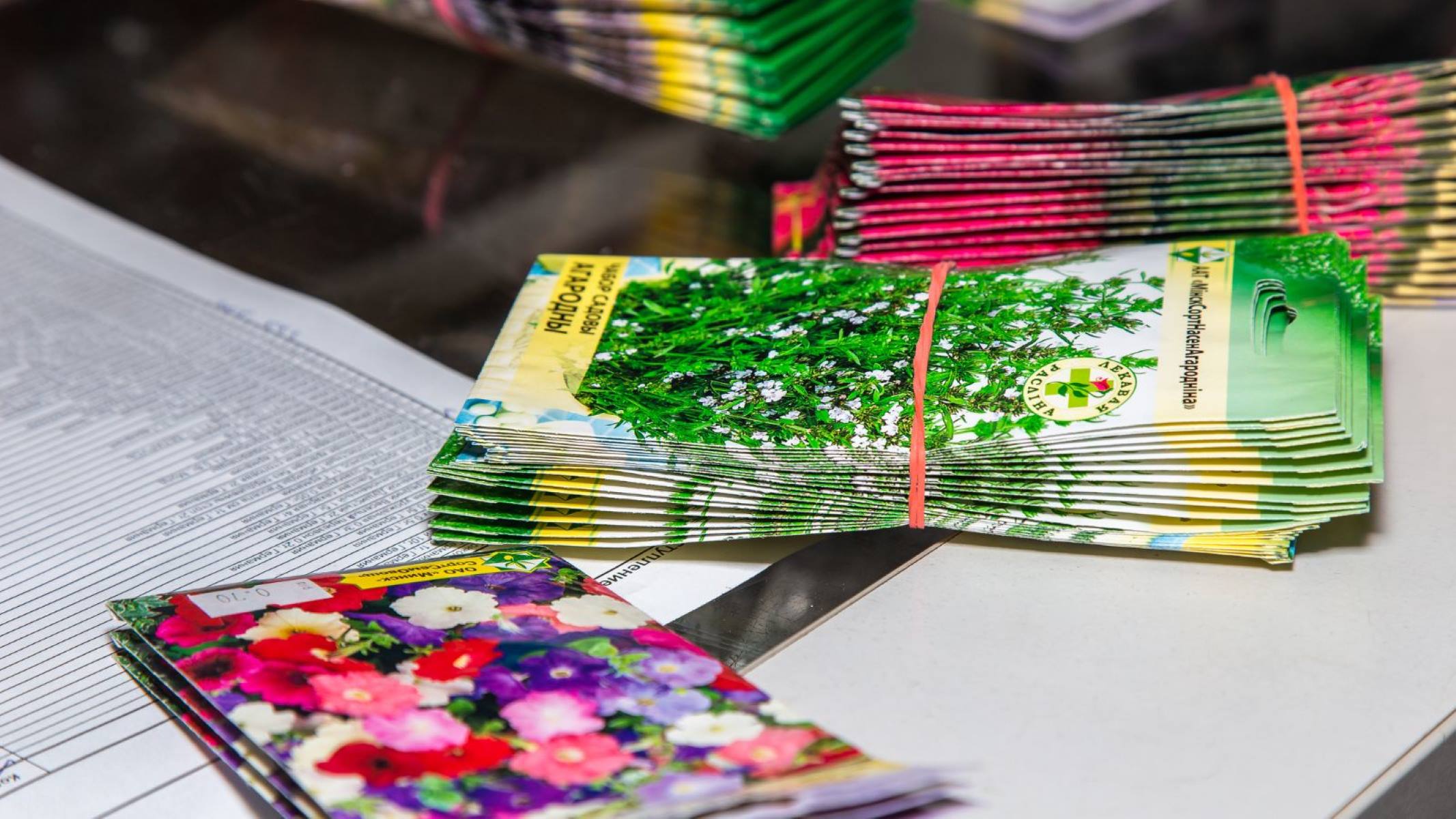
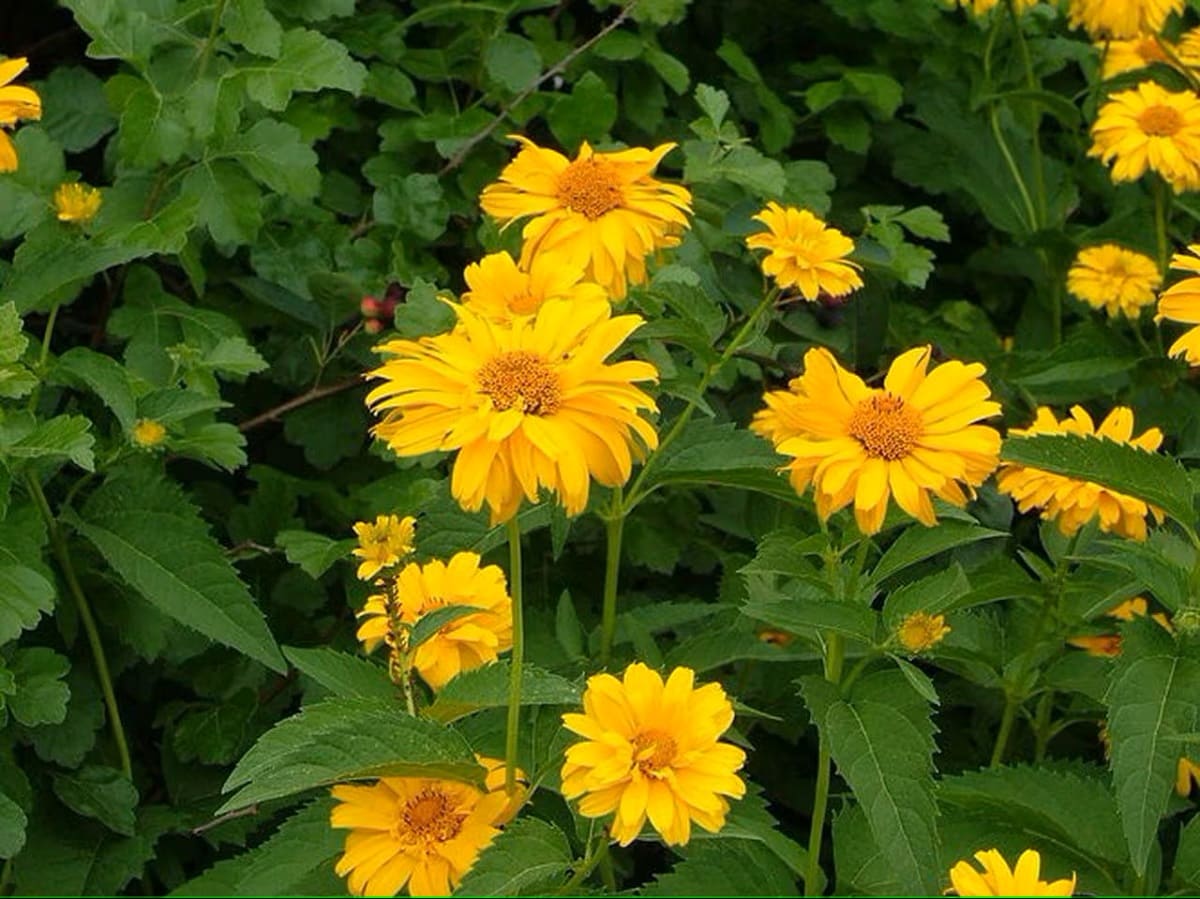
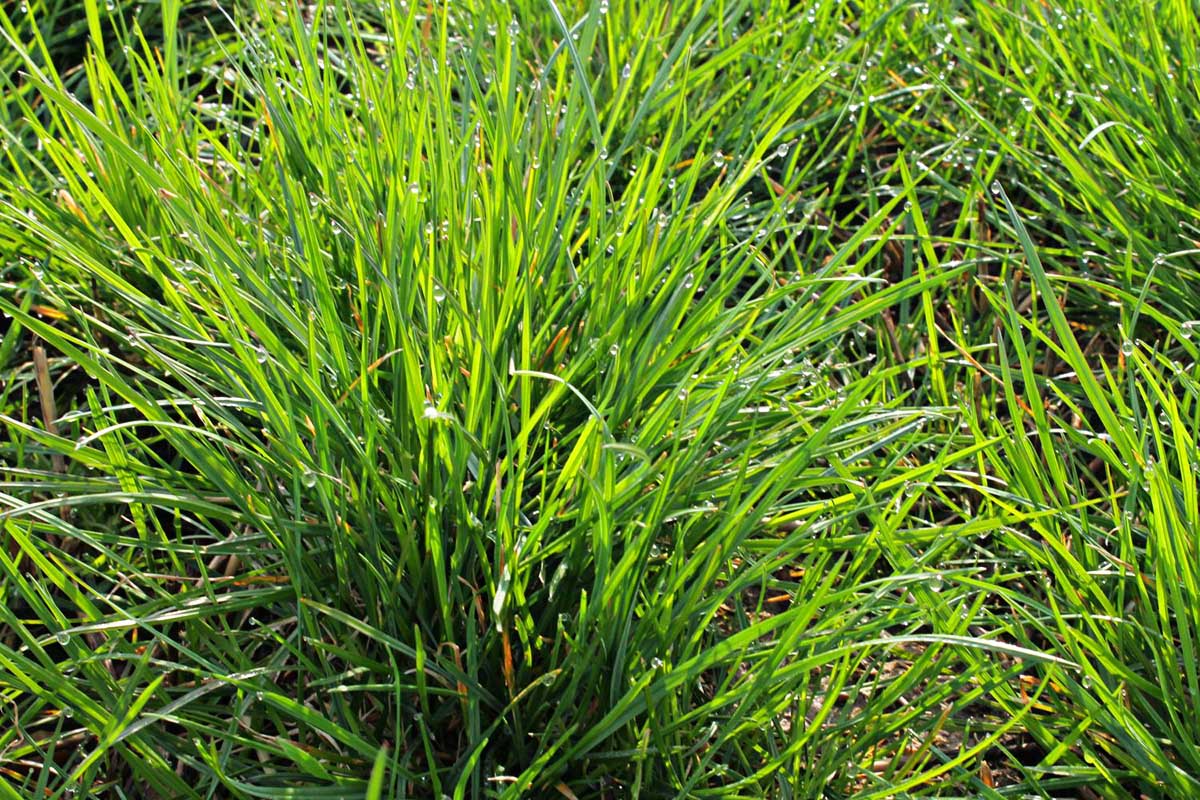
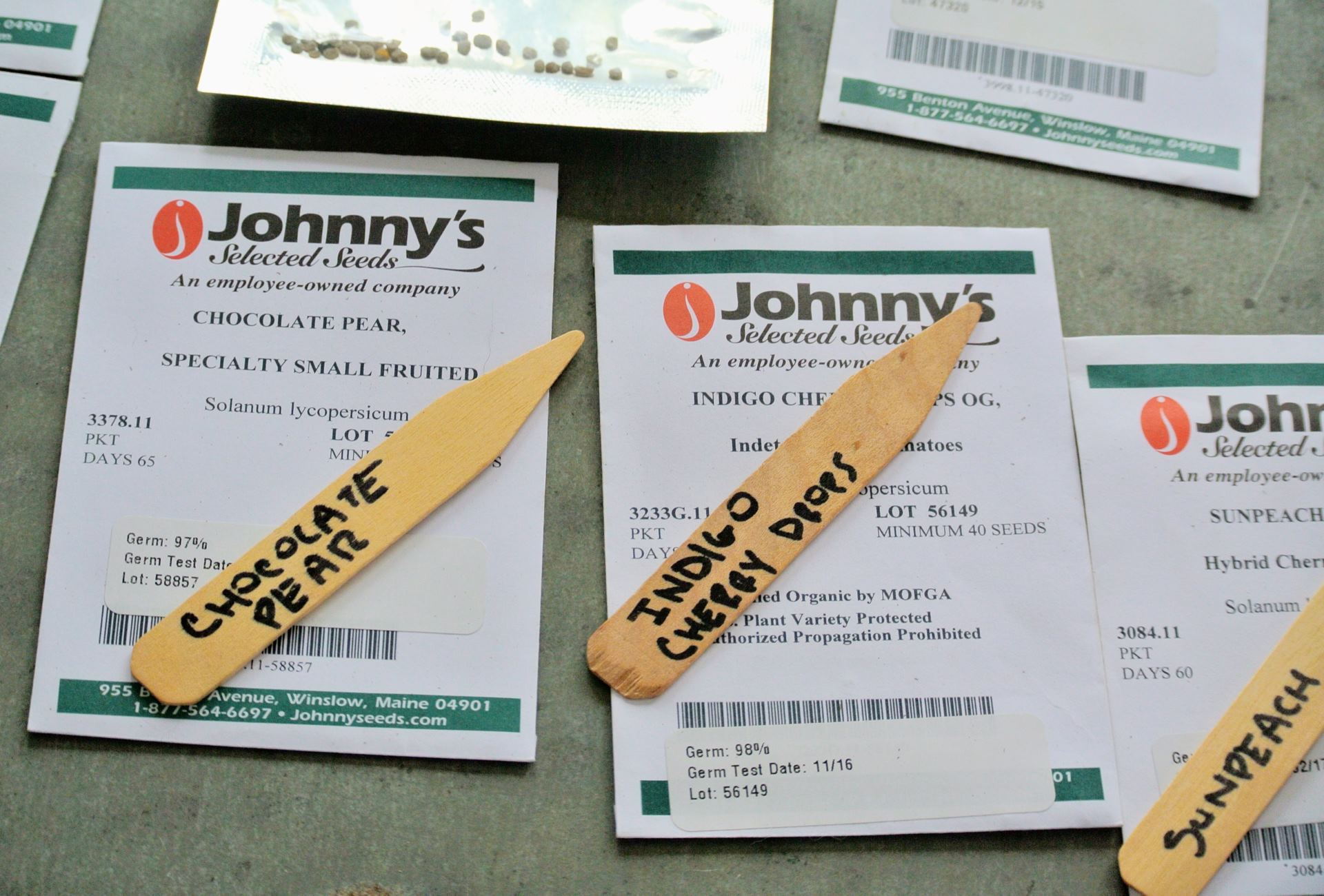
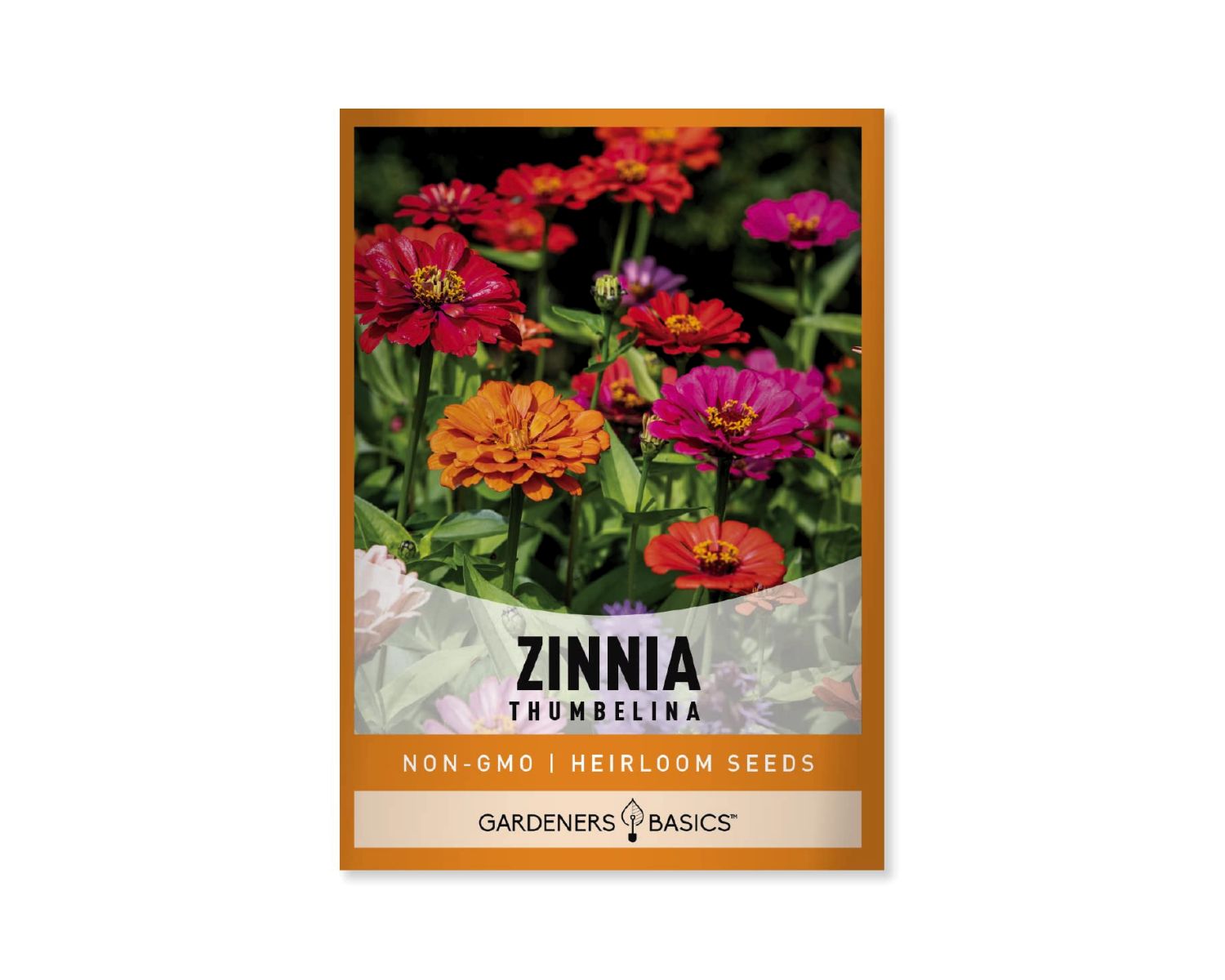

0 thoughts on “How To Plant Butterfly Perennial Seed Packet”